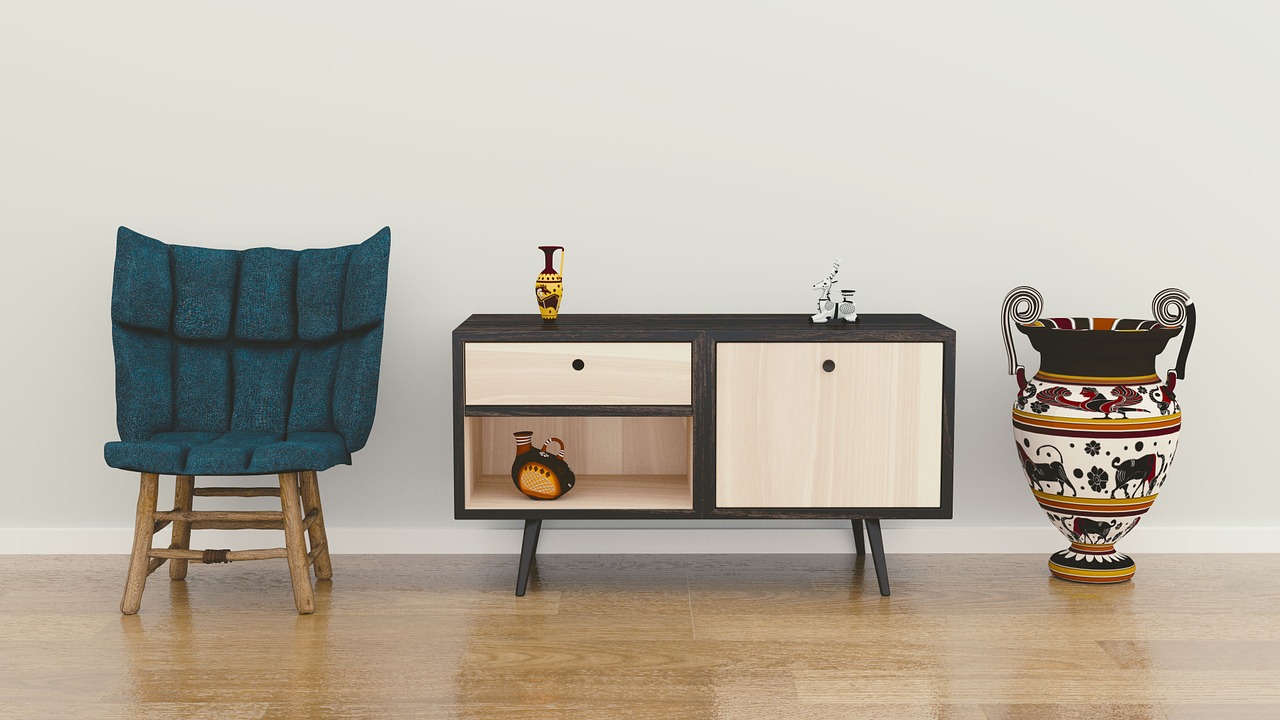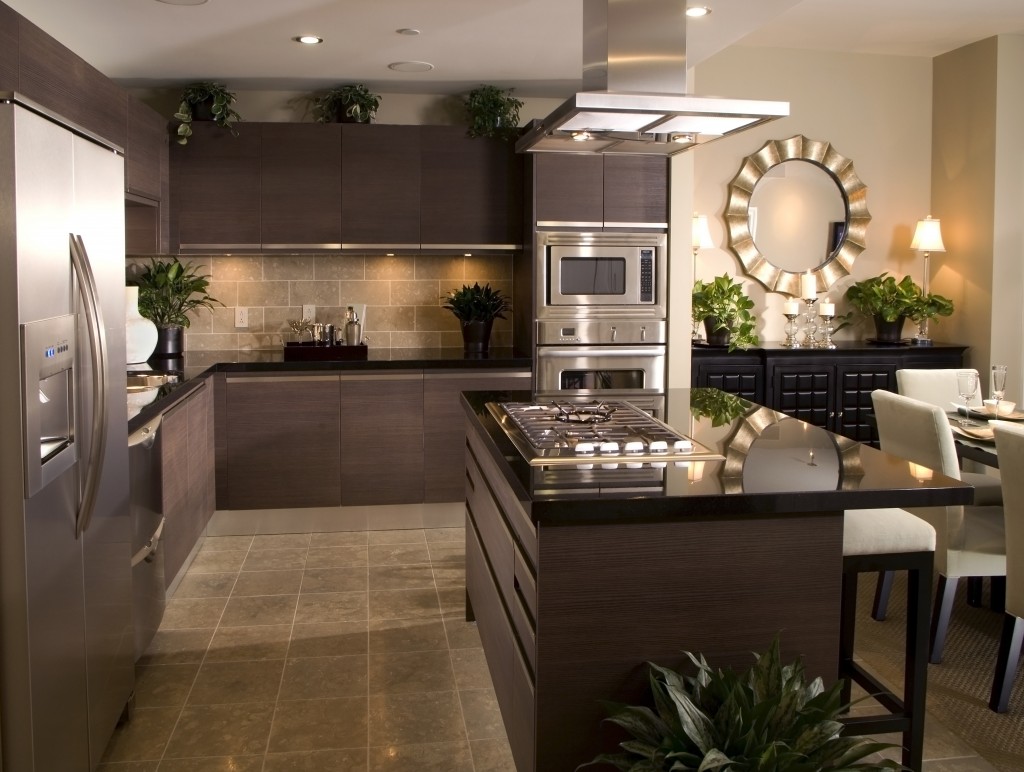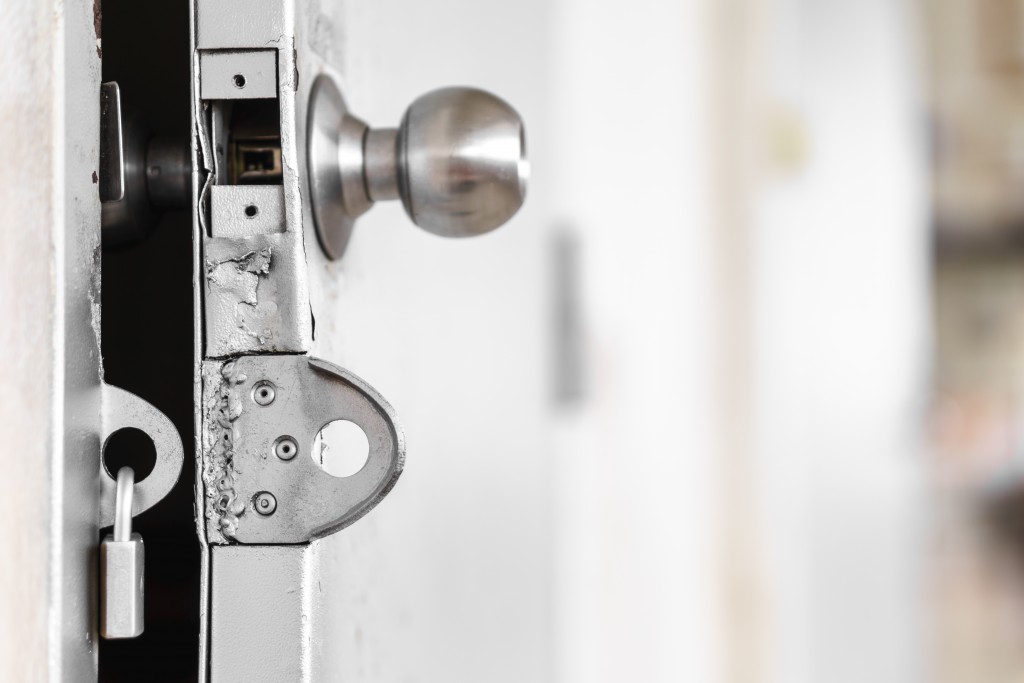One of the lessons the pandemic has taught the world is this: there really is no place like home. It is the one place that deserves our utmost attention and investment. It’s not just a shell or a shelter from the elements, but a haven where we should be able to relax, rest and then recharge for the challenges ahead.
Whether you’re home only in the evenings and weekends or there 24/7 because you want to avoid COVID-19, you’ll want your house to be the comfortable and comforting place you need during this period of uncertainty.
Metallic Aesthetics: The Current Trend in Home Interior Design
A concept or theme for residential interior design that has become increasingly popular in the past year is metals — from the materials to the colours and textures of the walls, floors, furniture, accents pieces, decorations and other items interior designers incorporate into a home’s interior design. This is an interesting development because, for a long time, people avoided metal elements in residential interior design because they thought they made homes feel cold and clinical. Well, we now know better: metals can add depth and character to a house, even make it look sophisticated if done right.
Here are examples of how to incorporate metals into a home’s interior design without necessarily adopting an industrial, minimalist feel.
1. Iron or steel for interior gates and balustrades
Wrought iron and steel are popular choices for exterior gates, but they’re also an excellent choice for balustrades and interior garden gates. Both metals are malleable and can be shaped according to your preferred design. So you can have the traditional steel or wrought iron balustrades that are waist- or chest-high, or experiment with avant-garde designs like a custom-designed, floor-to-ceiling metal wall that double as a balustrade and accent wall.
2. Accessorise rooms with matte gold and silver accents
A few choice pieces in gold and silver (e.g., a chandelier, figurines, an ashtray, umbrella stand, a floor lamp, cabinetry hardware, light fixtures) can give a sophisticated touch to a living or dining room. Metallic surfaces that are reflective and shiny are high-maintenance and trigger OCD tendencies: they are high-maintenance, need frequent polishing, and attract dirt, fingerprints and stains. If you have no time for polishing and cleaning, matte is your best alternative.
3. Choose a focal point for the main rooms
Just because your design theme is metals doesn’t mean you should fill your home with things that are entirely made of the material. It’s a blunder that inexperienced interior designers often do. The right way to design a room and not overwhelm it with details is to choose a focal point, then add aesthetic touches to complement it. Possible examples of focal points are a large mirror with a unique metal frame; a modern, metal fireplace; picture windows with metal frames and a sculpture or artwork made of metal. The dual-purpose wrought iron or steel wall-and-balustrade mentioned above can also be a focal point for a room.
4. Add non-metal objects in cool earth tones

Once you have a focal point, you need to highlight and frame it. Here’s a tip: arrange a seating area around or in front of it so that people will be physically drawn to the focal point as well. Since metal has a hard edge to it, you can soften the aesthetic with a chesterfield, lawson or mid-century modern sofa in cool, earth tones and cream. If you want the space to feel even cosier, you can add shades of beige with rugs, quilts and throw pillows.
5. Add different textures
We’ve touched on matte accents above. To expound further, you can make the metal theme feel more organic if you apply different textures in your choice of furniture and decor. There’s a difference between a room that looks well put together and “staged.” The former feels more welcoming and comforting, while the latter feels fake; like you can’t make a mess in your own home. By adding textures with the decor and practical objects in a room, you can have a space that’s all at once picture-ready, comfortable and functional.
The rule of thumb with interior design is to not overdo a theme. While it’s fine to have steel, iron, chrome, and other types of metal in one room, all of them shouldn’t be vying for attention at once. Too many metals in too many varieties will clash and make your home look cluttered. To be safe, choose a primary metal material and a secondary, accent metal that you can add in small doses here and there.
With these tips, you can make your home the haven you need it to be during and beyond the pandemic.




